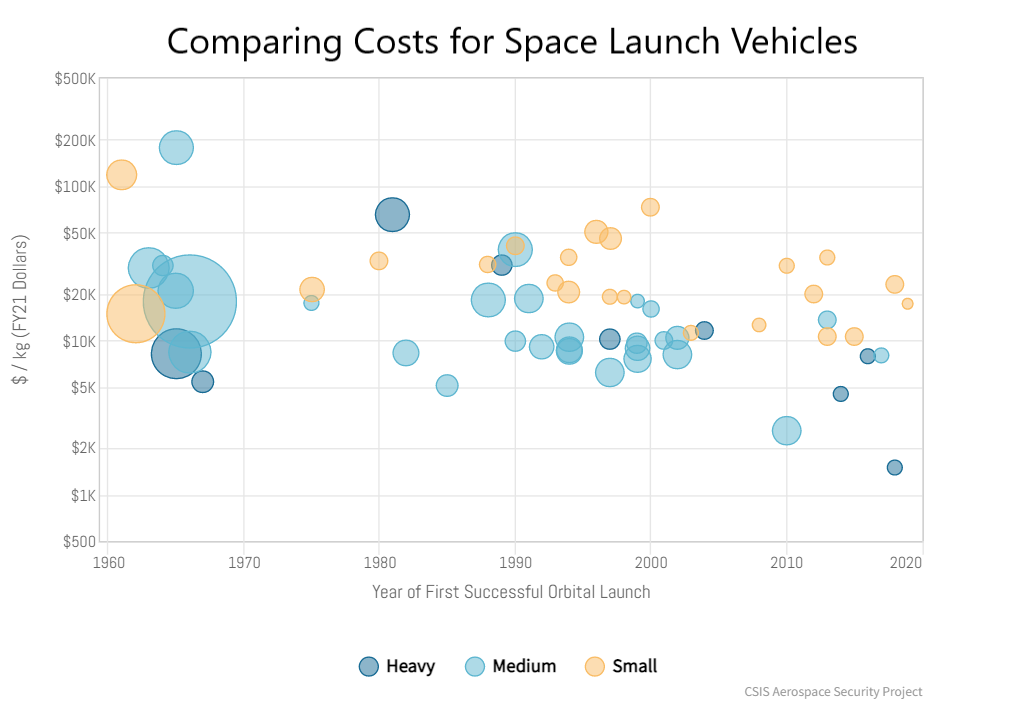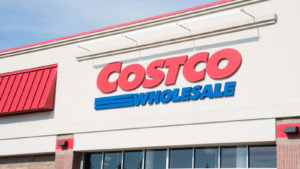– Advertisement –
Have you been thinking about using an online-only bank instead of a traditional one? Or, are you simply pondering the idea of adding an internet-only bank (aka a “direct bank”) to your financial options?
If so, it’s essential to know how direct banks work, what they offer, and how they differ from ordinary, branch-style banks that we’re all used to dealing with. The best way to make a decision about direct banks is to compare them with traditional branch banks.
Services
The biggest difference between the two kinds of banks is the services offered. Obviously, brick-and-mortar banks have the edge because of their in-person service, trained staff members, and established financial networks all over the world.
However, most people don’t seek out direct banks for traditional services. Often, they’re just looking for a convenient online banking option that pays excellent rates n savings accounts. And, direct banks certainly fill the bill when that’s all you want.
However, if you expect a large menu of services from a direct bank, you’re setting yourself up for disappointment. For what they do, they’re very good. But traditional banks always have them beat when it comes to depth of services.
Relationships
Some people build long-term relationships with their local bankers, which is a smart way to create a network of assistance when the time comes to borrow for a new car or take out your first mortgage. The relationship factor that you get with a brick-and-mortar bank is part of its selling point.
This concept goes back more than a century when people routinely knew and socialized with their local bankers. The bank manager was a respected, well-known member of the community who knew everyone’s name and situation. That personal connection was what set local banks apart from national banks for many years.
Today, things are quite different, but local, traditional banks still fulfill a need that consumers have for personal relationships. Direct banks are simply not set up for this purpose, so you will not ever be able to build anything but an online relationship with an internet-only bank.
Cash
Cash is a problem for direct banks. There’s really no way to deposit it directly into an online account. For the most part, depositors either use a plastic debit-style card, wire transfer from a regular bank, or mail a hard-copy check to open or add to a direct bank savings or checking account.
Nowadays, many people use cryptocurrency to make deposits, but this method is not yet widespread. All told, direct banks are not cash-friendly.
Interest
The going rate that banks pay on savings, checking, and other accounts changes from day to day. But, in nearly every case, direct banks offer between one and two percent higher rates, particularly on savings accounts.
Be sure to check the available rates before plunking your money into an internet-only bank because some don’t offer competitive interest. That’s why it pays to shop around when choosing a direct bank, just as you did when you chose your traditional bank years ago.
ATMs
By their very nature, direct banks don’t have proprietary ATMs. They get around this obstacle by using many of the Cirrus and AllPoint machines around the world. But, it’s essential to check your neighborhood to see where there are online-bank ATMs you’ll be able to use. Each direct bank’s website includes an ATM locator, so you can usually check on access pretty quickly.
In all, each kind of bank has its pluses and minuses, so just remember to know what you’re getting if you decide to put some of your funds into a direct bank.
– Advertisement –



